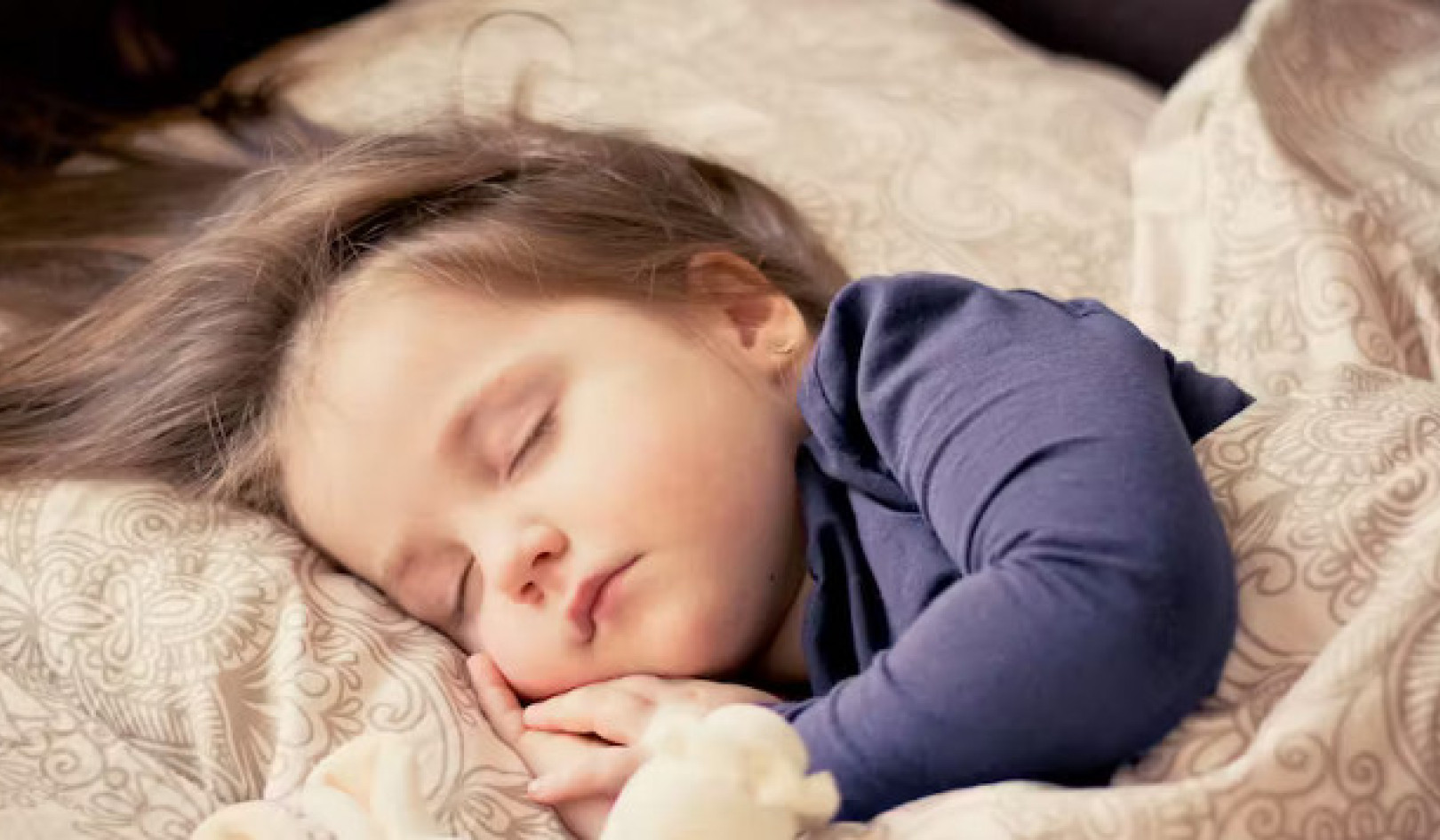
A lot of previous research has suggested that young people living in single-mother households are at an educational disadvantage. But our new study looking at the lives of 10,000 teenagers suggests that this is not true. A stable family, even if it is a lone-parent one, is the best place to grow up.
If you believe the headline writers, lone-mothers are feckless, benefit draining, irresponsible, teenagers. But of course they’re not. Even if you attempted to characterise “single mums” as one homogeneous group, as the media and politicians can’t avoid doing, you would fail miserably.
These families are often compared and contrasted to the so-called “traditional family”, held-up as some sort of gold standard of what constitutes a healthy and functioning family unit.
Families Are Fluid
But the “traditional family” is something of a post-war invention – and the idealism that surrounds it is seriously flawed. Families are complex and fluid units.
New research by Claudia Galindo and me in the British Educational Research Journal highlights the need to recognise that families are ever-changing. Seeing family structure as some sort of static entity is problematic. It’s important to collect evidence that can dispel myths about certain family structures, such as lone-mother households.
We were interested in how family structure is associated with educational outcomes. Between 2004 and 2007, we tracked the family structure and stability of 10,000 young people in the four years leading up to the end of compulsory education (between the ages of 13 and 16). We wanted to know if young people who had experienced a change in family structure were less likely to stay in education.
We were not concerned with the nature of the change – a divorce or separation, for example – but simply whether there had been a change. But we wanted to see if a young person living in a stable, lone-parent household, is really at an educational disadvantage.
What English Families Look Like
Drawing on data from the Longitudinal Study of Young People in England we were able to examine the impact of a young person’s family stability and structure on whether or not they were likely to stay on in education.
The majority, or 55% of young people, lived in a stable, married biological family, with 5% living in a stable, married step-family between the ages of 13 and 16. About 20% of the young people lived in stable, lone-mother families, and 2% in stable lone-father families. Another 4% lived in stable, cohabiting families with parents who were not married – 2% of these were biological and 3% step parents.
 Percentage distribution of young people by family structure between 2004-2007. Longitudinal Study of Young People in England, Author provided
Percentage distribution of young people by family structure between 2004-2007. Longitudinal Study of Young People in England, Author provided
Another 13% of young people had experienced some kind of instability to their family structure between the ages of 13 and 16 years of age. Of these, only 89% had only experienced one change during that time. The most common change in family structure was from a married family to a lone-mother family.
Instability Pushes Up Drop-out
We found that young people who had experienced family instability were one third less likely to stay in education after 16-years-old. This was the case after accounting for background characteristics including income, changes in income, and prior achievement. Our results also indicated that young people in stable, lone-mother and lone-father families were just as likely to stay in education as those in stable, married households.
But lone-mother households are more likely to experience poverty. It is this that results in educational disadvantage – not necessarily the make-up of the family unit.
Separating out young people from cohabitating biological families from those in cohabitating step families was also enlightening. For example, for those young people who resided in a stable, cohabitating family that included a step parent, we found that they were significantly less likely to stay in school than their counterparts in cohabitating biological families.
In contrast, there were no discernible differences between those young people living with both biological parents who were married, and those who were living with both biological parents who were cohabitating and not married.
Communication Is Key
Young people who drop out of school tend to fade out gradually from the education system. So we concluded that there are plenty of opportunities for families and schools to implement preventative measures specially designed for young people who may be at risk of not continuing their education after the end of secondary school.
Ensuring effective communication channels between families and schools is vital for all aspects of a young person’s education. But it is particularly salient for young people who may be struggling due to the breakdown of their parents’ relationship. Schools need to build relationships with parents and encourage families to share information that allows schools to support young people during difficult times.
This article was originally published on The Conversation.
Read the original article.
About the Author
 Gillian Hampden-Thompson is Professor of Education at University of Sussex. Having joined the School of Education and Social Work in November 2014, she leads the Centre for Teaching and Learning Research. Having both a background in research and teaching, she was previously the Director of Research in the Department of Education at the University of York (2008-2014) and a research analyst and project leader at the American Institutes for Research in Washington, DC (2004-2008). Prior to embarking on her graduate studies, she was a secondary school teacher in the UK. Working across a broad range of educational projects, her research broadly addresses issues surrounding social justice.
Gillian Hampden-Thompson is Professor of Education at University of Sussex. Having joined the School of Education and Social Work in November 2014, she leads the Centre for Teaching and Learning Research. Having both a background in research and teaching, she was previously the Director of Research in the Department of Education at the University of York (2008-2014) and a research analyst and project leader at the American Institutes for Research in Washington, DC (2004-2008). Prior to embarking on her graduate studies, she was a secondary school teacher in the UK. Working across a broad range of educational projects, her research broadly addresses issues surrounding social justice.
Book co-authored by this Author:
at

Thanks for visiting InnerSelf.com, where there are 20,000+ life-altering articles promoting "New Attitudes and New Possibilities." All articles are translated into 30+ languages. Subscribe to InnerSelf Magazine, published weekly, and Marie T Russell's Daily Inspiration. InnerSelf Magazine has been published since 1985.

Thanks for visiting InnerSelf.com, where there are 20,000+ life-altering articles promoting "New Attitudes and New Possibilities." All articles are translated into 30+ languages. Subscribe to InnerSelf Magazine, published weekly, and Marie T Russell's Daily Inspiration. InnerSelf Magazine has been published since 1985.
























